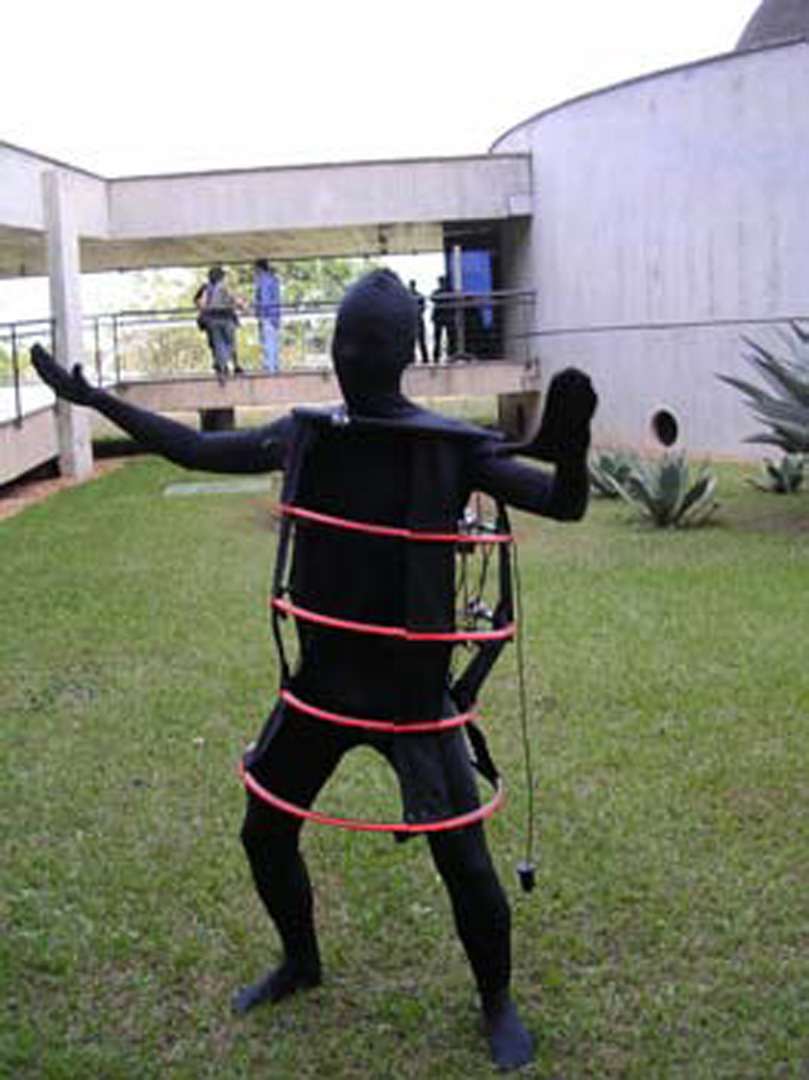“Vestis” by Donati
Conference:
Type(s):
Title:
- Vestis
Presenter(s)/Author(s):
Abstract:
Wearable computer is a data processing system attached to the body, with one or more input and output devices. It is always on and always accessible. But what sets a wearable computer apart from other portable devices is an awareness of the user and environment, which enables it to function dynamically more interactive. This is achieved through embedded sensors that can monitor wearers’ characteristics and also the surrounding conditions. Viseu (2003) named wearable computers as “bodynets” – bodies networked for continuous communication, to highlight the interaction among body, technological network and environment and how the distinctions among them have blurred and reconstituted. Such devices by being located in the wearer’s personal space evoke a (re)configuration of bodily spatiality and a negotiation of other boundaries for people’s perceptions.
References:
1. Hall, E. T. 1966. The hidden dimension. Doubleday.
2. Merleau-Ponty, M. 1999. Fenomenologia da Percepção. Martins Fontes.
3. Viseu, A. 2003. Social Dimensions of Wearable Computers: An Overview. In: Technoetic Arts Journal, vol. 1, n. 1.




